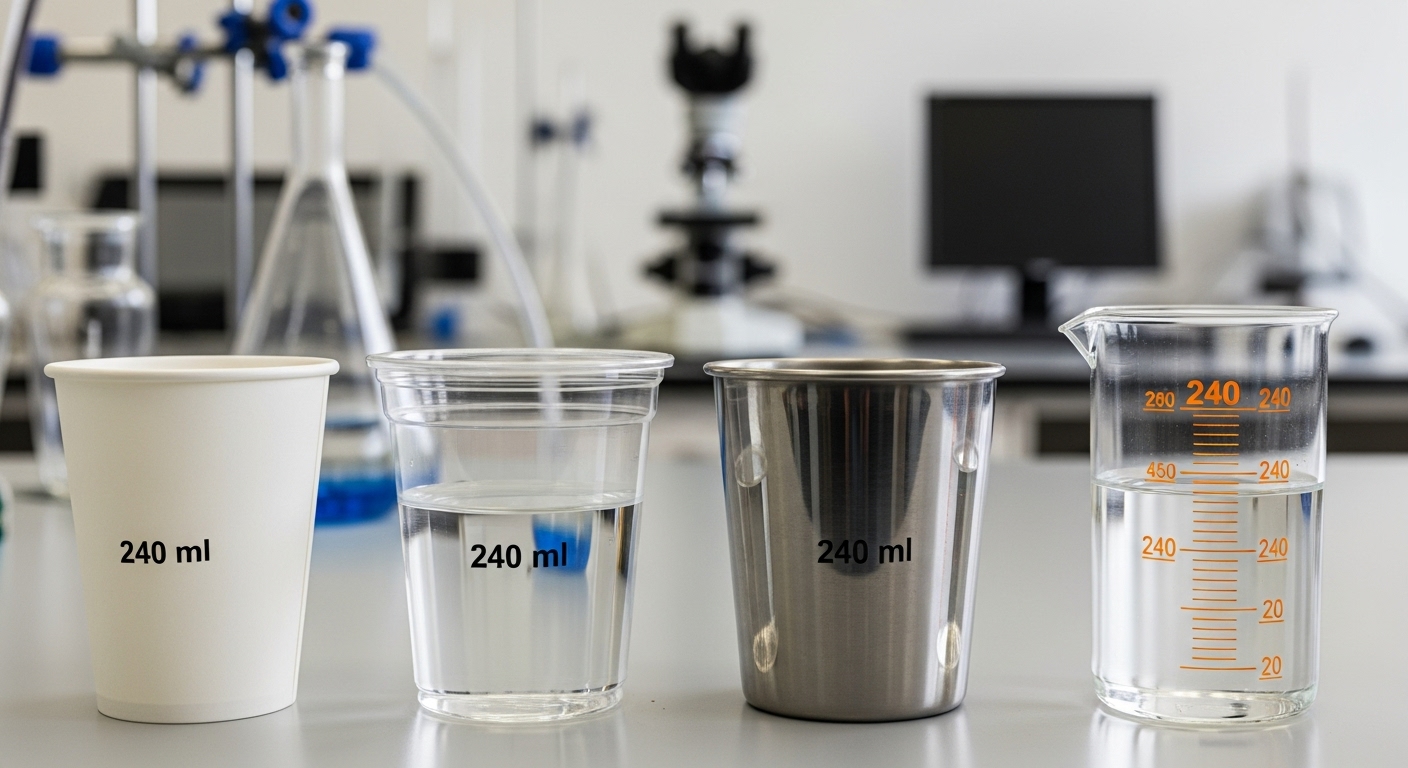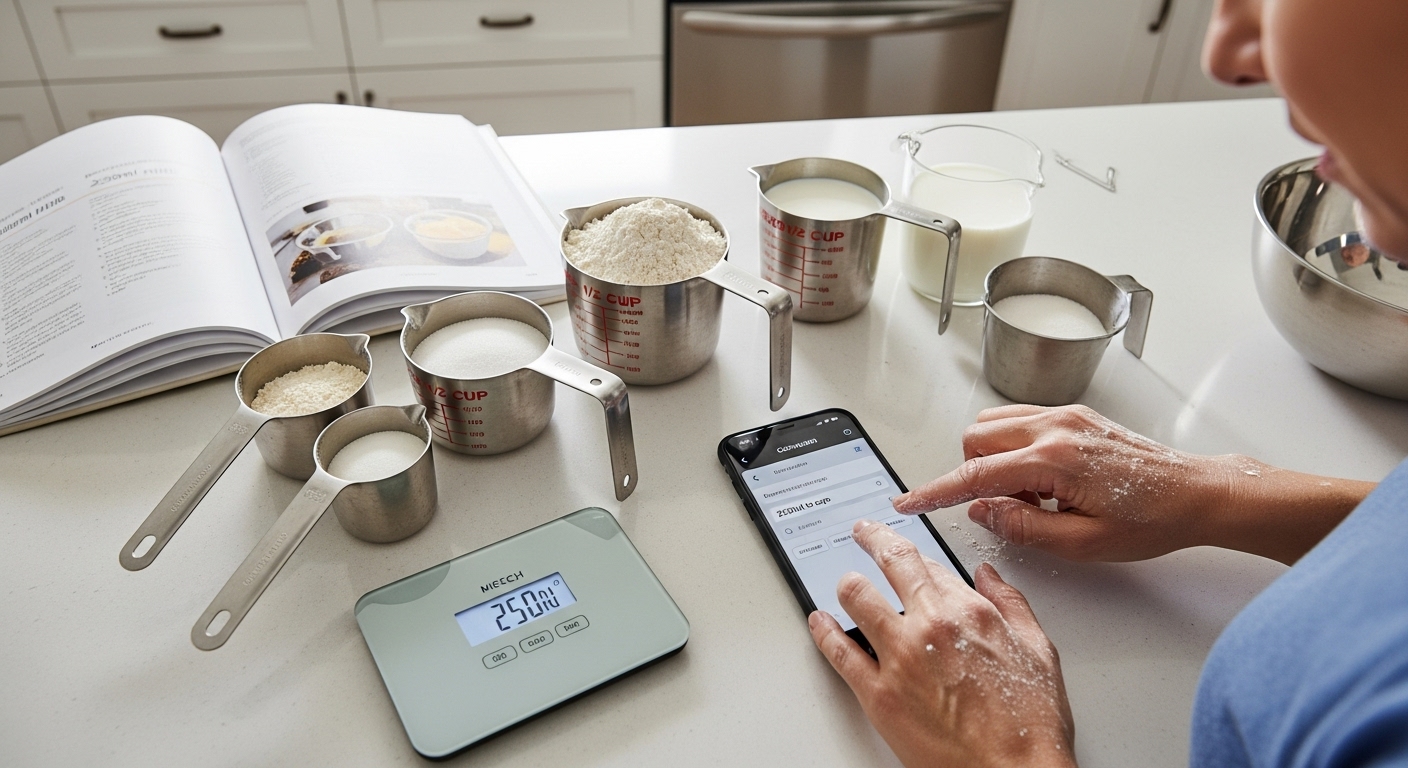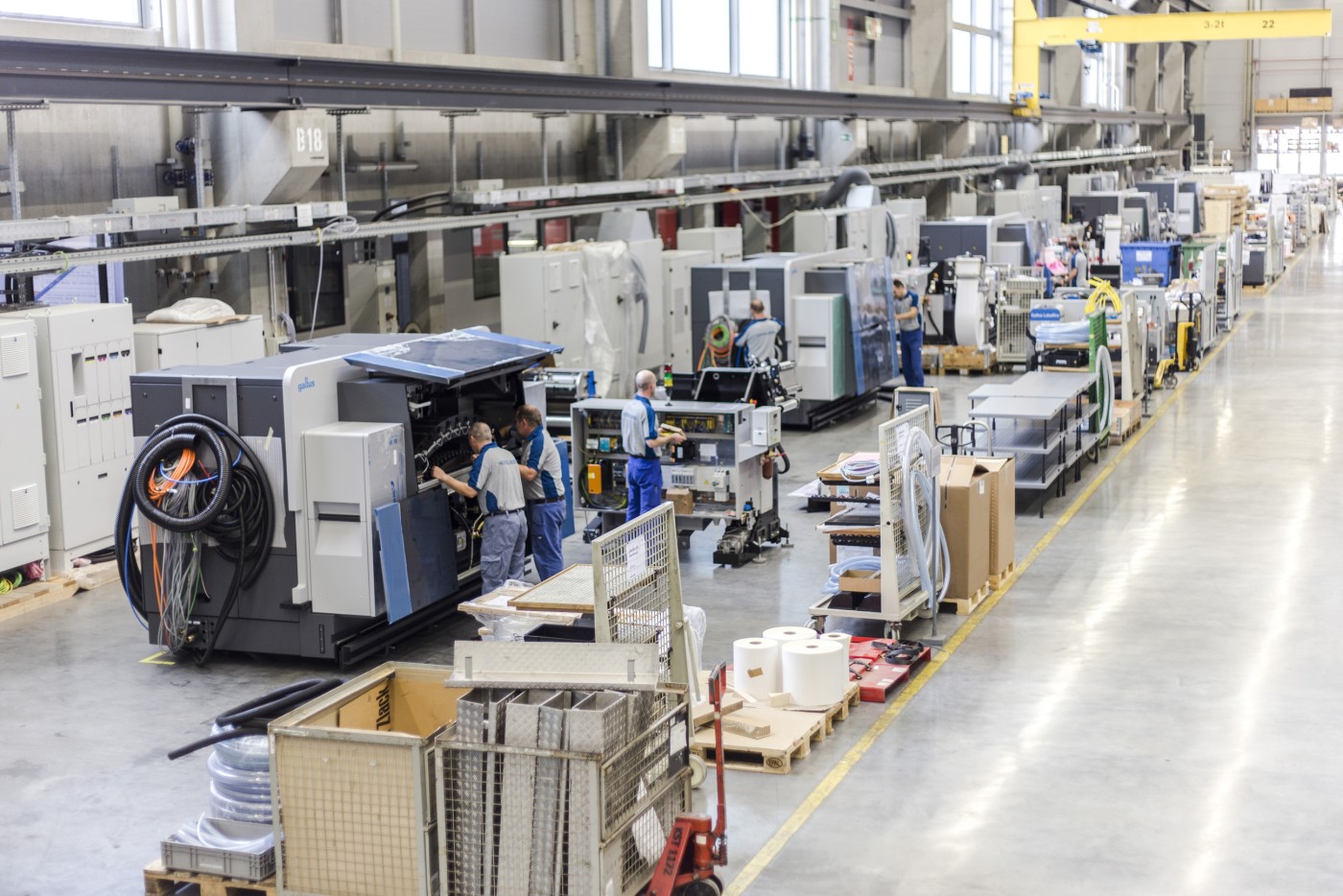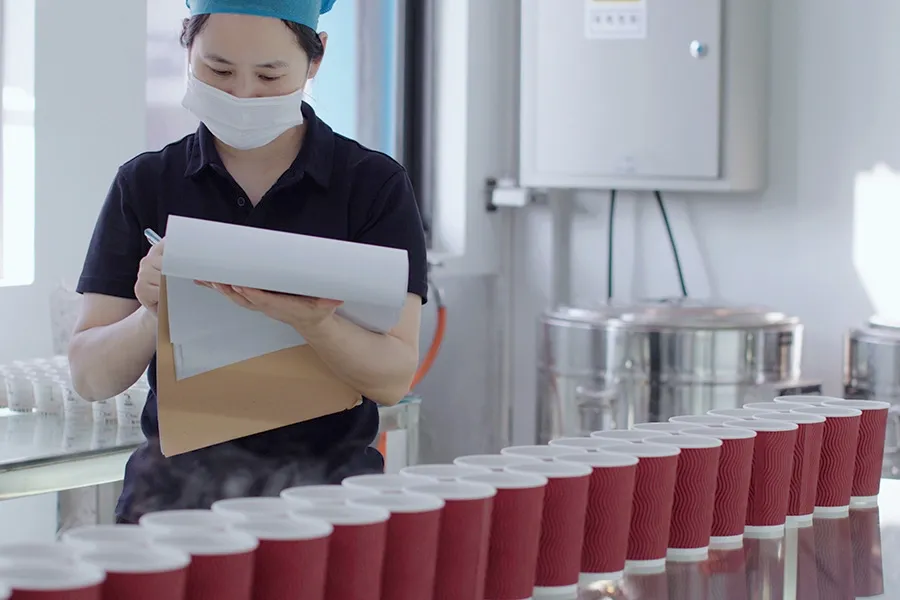Paper cups are a common sight in our daily lives. They provide convenience for on-the-go beverages. However, their environmental impact is a growing concern. This article explores the recyclability of paper cups and their role in the circular economy.
Paper cups are recyclable, but the process is more complex than recycling regular paper. The plastic lining inside paper cups requires special recycling facilities. While challenges exist, new technologies are improving paper cup recycling. This is becoming increasingly important in the circular economy.
🔄 Understanding the Circular Economy in Packaging
The circular economy is an economic system aimed at eliminating waste and continual use of resources. For packaging, this means:
- Using sustainable materials
- Efficient manufacturing
- Effective product use
- Proper collection after use
- Recycling or repurposing

In the paper cup industry, these principles can reduce environmental impact. They also promote sustainable practices throughout the product lifecycle.
📊 The Current State of Paper Cup Recycling
Paper cup recycling faces several challenges:
- Plastic lining: Most paper cups have a plastic layer for waterproofing. This makes recycling more difficult.
- Limited facilities: Not all recycling plants can process paper cups.
- Collection issues: Many paper cups end up in general waste.
- Contamination: Food residues can make cups unsuitable for recycling.
- Regional differences: Recycling capabilities vary by location.
Despite these challenges, progress is being made. For example, the UK has seen a significant increase in facilities that can recycle paper cups.
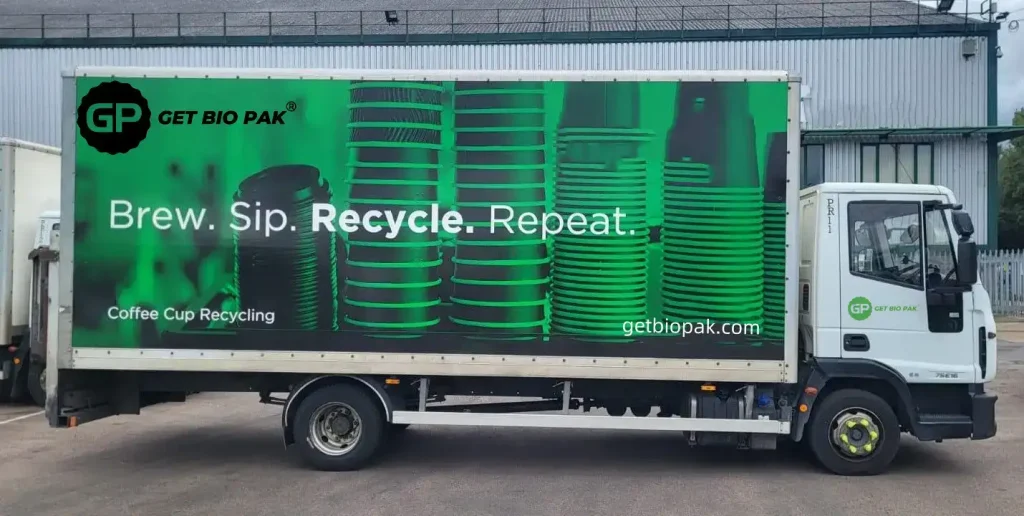
🚀 Emerging Technologies in Paper Cup Recycling
New technologies are improving paper cup recycling:
- Advanced separation techniques: These methods separate paper and plastic more efficiently.
- New waterproof coatings: Some companies are developing more recyclable or biodegradable coatings.
- Enzyme-based recycling: This uses enzymes to break down the plastic lining.
- AI in sorting: Artificial intelligence improves the accuracy and speed of waste sorting.
- Closed-loop systems: Some companies are implementing their own recycling programs.
These advancements are making paper cup recycling more feasible and economical.
💼 Business Benefits of Adopting Recyclable Paper Cups
Businesses can benefit from using recyclable paper cups:
- Improved brand image: This appeals to environmentally conscious consumers.
- Regulatory compliance: It helps meet environmental regulations.
- Potential cost savings: Efficient waste management can reduce long-term costs.
- Market differentiation: Sustainability can set a business apart from competitors.
- Employee satisfaction: Many people prefer working for environmentally responsible companies.
- Supply chain improvements: Working with sustainable suppliers can optimize operations.
- Innovation opportunities: Addressing recycling challenges can inspire other business innovations.
These benefits can help businesses succeed in an increasingly eco-conscious market.
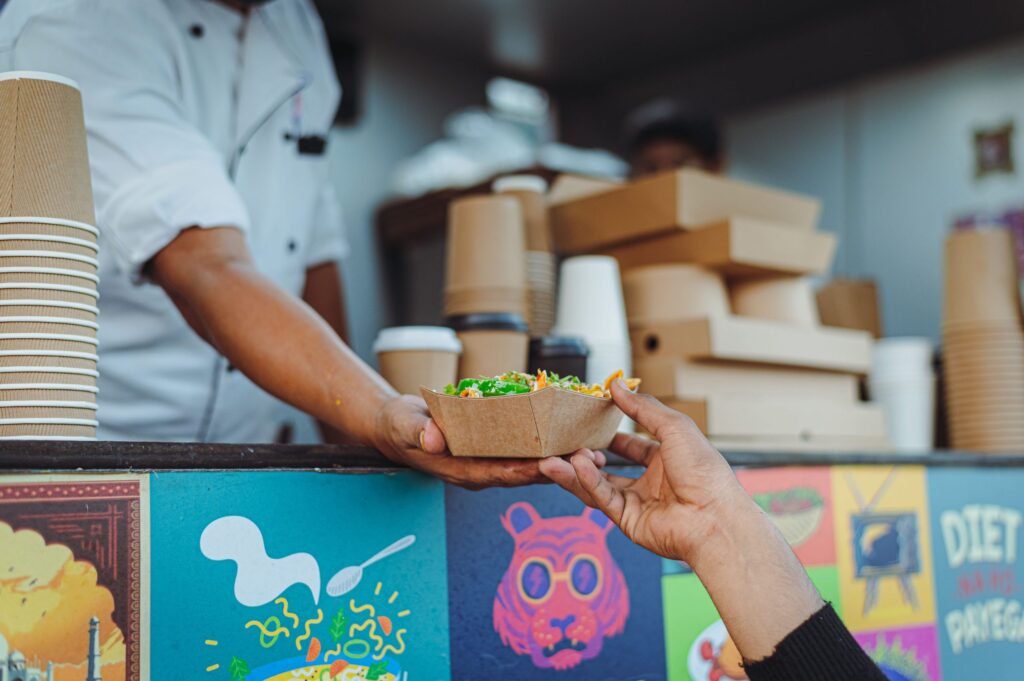
🌐 Global Initiatives and Regulations on Paper Cup Recycling
Various global initiatives are addressing paper cup recycling:
- European Union: The Single-Use Plastics Directive aims to reduce the impact of certain plastic products.
- United Kingdom: A tax on plastic packaging encourages the use of recyclable materials.
- United States: Some cities have banned non-recyclable or non-compostable single-use cups.
- China: Plans to ban single-use plastics could affect global paper cup design and recycling.
- Industry initiatives: Organizations like the PCRRG work to increase paper cup recycling rates.
- Corporate commitments: Many large companies have pledged to improve packaging sustainability.
These initiatives are creating a more favorable environment for paper cup recycling.
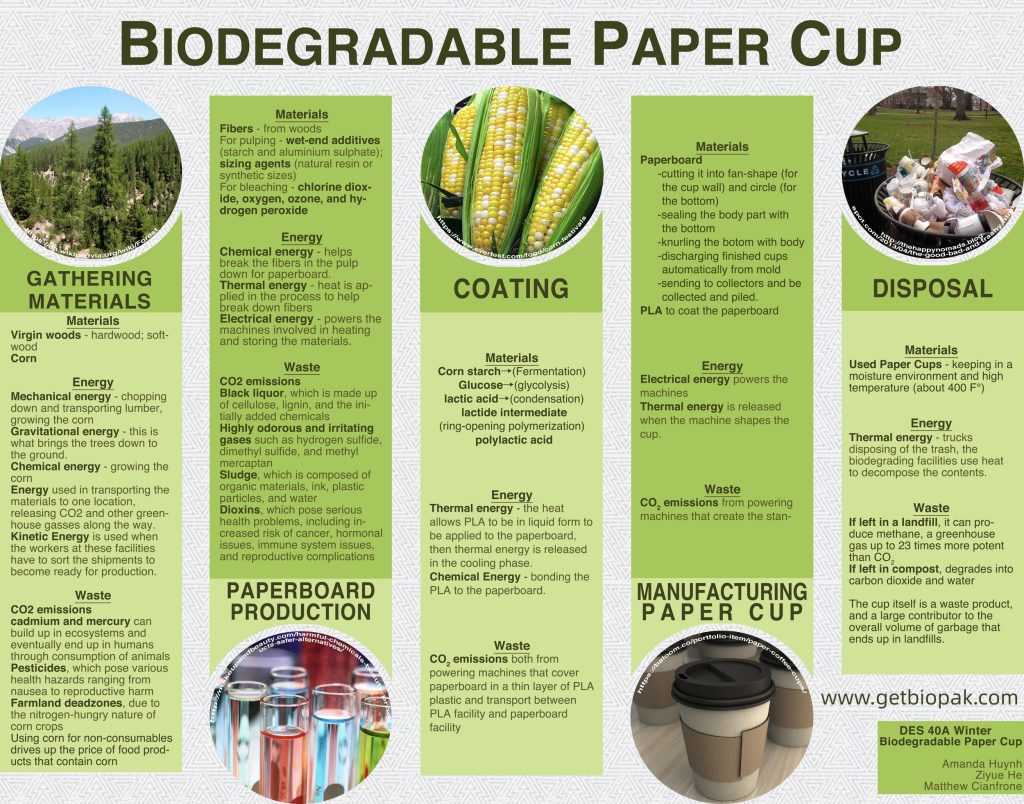
Conclusion
Paper cup recycling is improving, but challenges remain. Advances in technology and growing awareness are helping to address these challenges. For businesses in the food and beverage industry, understanding these developments is important.
The future of paper cup sustainability depends on innovative design, efficient recycling, and collaboration across the industry. By investing in recyclable paper cups and supporting recycling initiatives, businesses can meet consumer demands for sustainability and contribute to a circular economy.
Moving forward, the paper cup industry has the opportunity to become a model of sustainability in everyday products. The goal is to balance convenience with environmental responsibility.
FAQ Section
Q1: How are paper cups different from regular paper in terms of recycling?
Paper cups have a plastic lining that makes them waterproof. This lining makes recycling more difficult than regular paper. Special facilities are needed to separate the plastic from the paper. Despite this, many paper cups can now be recycled with the right infrastructure.
Q2: What happens to paper cups that are successfully recycled?
Recycled paper cups can become various paper products. The recovered fiber can make items like paper bags, notebooks, or new paper cups. The separated plastic lining can be recycled into plastic products or used as fuel in energy recovery processes.
Q3: How can businesses improve their paper cup recycling efforts?
Businesses can improve paper cup recycling by partnering with specialized recycling facilities. They can also implement clear recycling instructions for customers. Using easily recyclable cup designs and participating in collection schemes are helpful. Education campaigns can increase recycling rates among customers and employees.
Q4: Are there alternatives to traditional plastic-lined paper cups?
Yes, alternatives are being developed. Some companies are creating cups with plant-based linings. Others are using mineral-based coatings. Reusable cup programs and incentives for customers to bring their own cups are also becoming popular alternatives.
Q5: How does paper cup recycling contribute to the circular economy?
Paper cup recycling contributes to the circular economy by reusing materials. It reduces the need for new raw materials and decreases waste in landfills. This creates a closed-loop system where materials are continually reused. This aligns with the circular economy’s principles of resource efficiency and sustainability.


